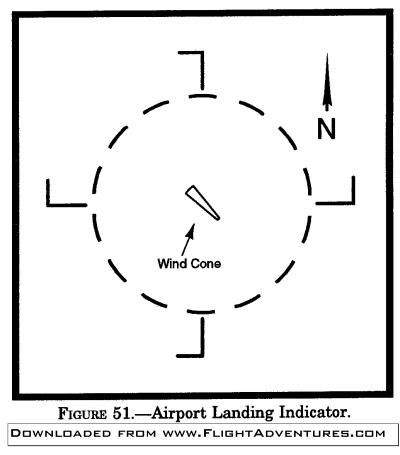Joe Pires
star hoarder
- Joined
- Jan 16, 2006
- Messages
- 2,908
- Location
- Geneva FL FD92
- Aircraft
- Aviomania GS2.
- Total Flight Time
- 600 ish solo gyro and 190 ish two place
I am studying for the sport pilot test. For the life of me I can not understand the explanation given for the segmented circle.
What I have been able to determine is that the wind cone is a wind sock so in the example above the wind is from the north west. What I can not fathom is what the L or 7 shaped lines are trying to tell me. It seems to indicate they are giving me information on which way the pattern runs but It just is not clicking with me. Any patient bored people around who might help?

What I have been able to determine is that the wind cone is a wind sock so in the example above the wind is from the north west. What I can not fathom is what the L or 7 shaped lines are trying to tell me. It seems to indicate they are giving me information on which way the pattern runs but It just is not clicking with me. Any patient bored people around who might help?

